How to Plant, Grow, and Care for Sedum Flowers
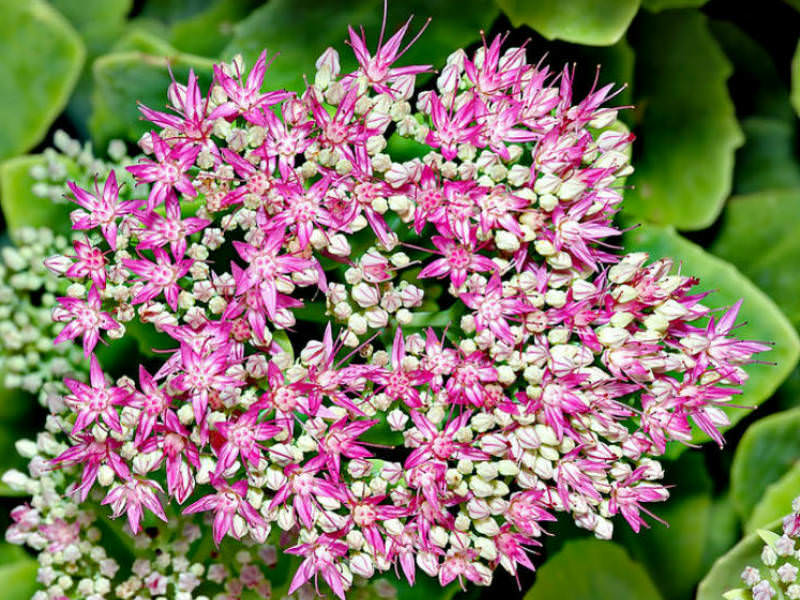
Hylotelephium spectabile (Sedum spectabile) Showy Stonecrop World of Succulents
Sedum, or stonecrop plant (Sedum spectabile), is a low-maintenance flowering houseplant that works well as a ground cover in outdoor landscapes. Sedum has thick triangular leaves and clusters of tiny starburst flowers to add texture, color and beauty to a garden, with minimal work on your part.

Showy Stonecrop, Perennial Sedum Petitti Garden Centers
Stonecrop is a clumping, perennial succulent in the stonecrop family (Crassulaceae) and is native to China and Korea.. If pruned in summer, the showy blooms may be delayed. It is drought- and salt-tolerant, resistant to browsing by rabbits (but not by deer), and requires little attention.. Leaves and flowers Ruth Hartnup CC BY 2.0 Sedum.
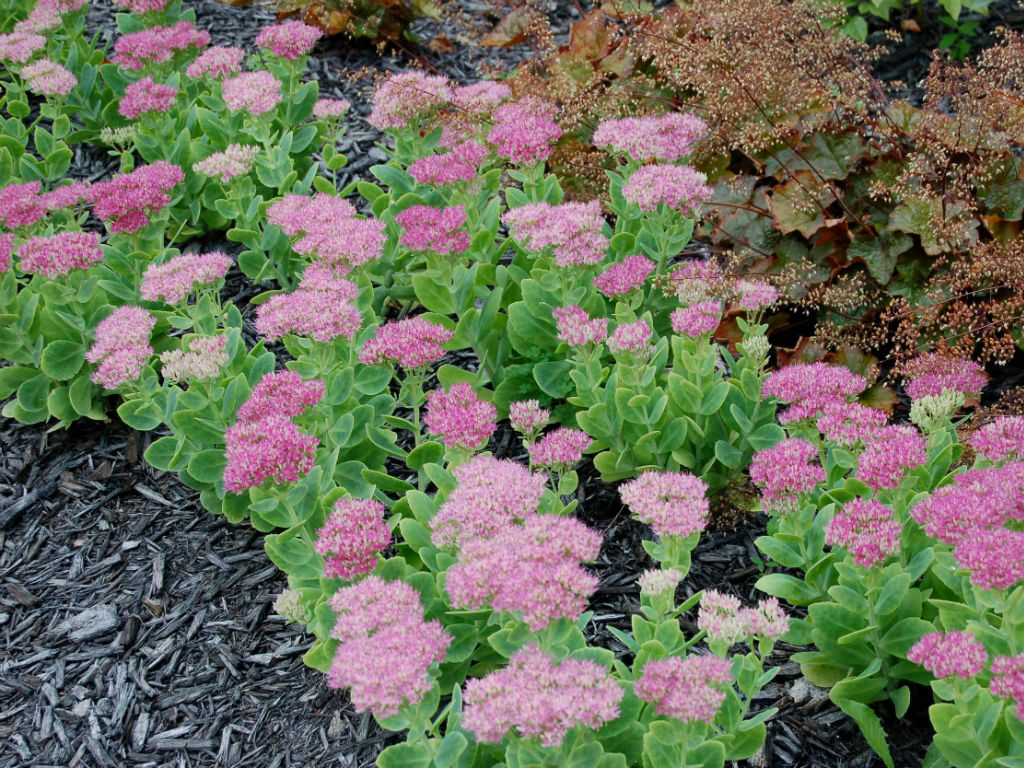
Hylotelephium spectabile (Showy Stonecrop) World of Succulents
Noted for its great fall color, Sedum spectabile 'Neon' (Stonecrop) is an upright, clump-forming, deciduous perennial with a striking foliage of thick, fleshy, light green leaves. Blooming in late summer and fall, a profusion of showy flowerheads packed with brilliant rosy-magenta, star-shaped flowers are on display. They are borne on stout, upright stems and rise with majesty above the.
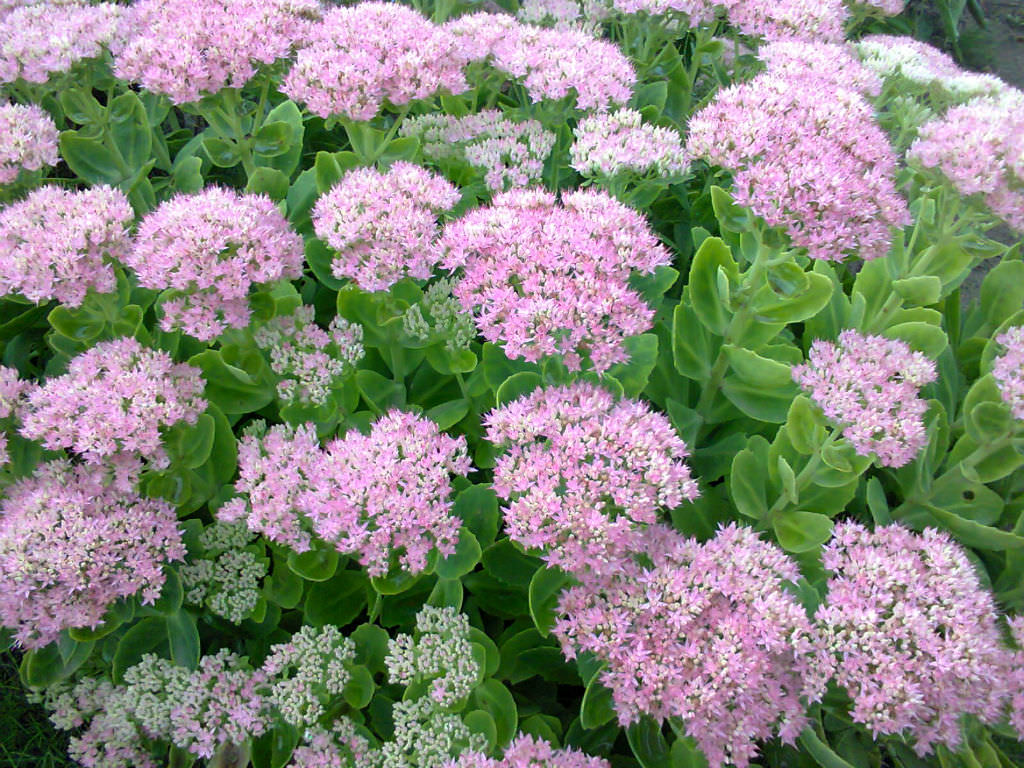
Hylotelephium spectabile (Showy Stonecrop) World of Succulents
Showy stonecrop. Sedum spectabile. SEE-dum spek-TAB-il-ee. Sedum spectabile 'Mohrchen' An upright species to 18 inches tall and wide, this plant bears pink flowers in August that persist into fall. Thick, almost succulent leaves are bluish green.. Stonecrop Sedum 'Ruby Glow.

PlantFiles Pictures Showy Stonecrop 'Neon' (Sedum spectabile) by marsrover
Sedum spectabile 'Stardust' Showy Stonecrop: USDA Zone: 3-9: Plant number: 1.485.960. The border varieties of Stonecrop are a dependable choice for the late summer and fall garden, offering foliage interest earlier in the season, then a colourful display of flowers in the fall. This selection begins to produce green broccoli-like buds in.

Stock photo Sedum 'Autumn Joy' ('Herbsfreude') showy stonecrop
Common Name: Showy Stonecrop.. Sedum is one of the most popular perennials grown in American gardens because it is very easy to grow and hardy in most areas of the country. Because of its thick, succulent leaves which can store water, sedum is drought tolerant. It should be sited in average to poor soil that is well-drained.
:max_bytes(150000):strip_icc()/growing-sedum-showy-stonecrop-1402861-04-a1526d15809d4b08b2d047cd7b547ae1.jpg)
Sedum Plant Care & Growing Guide
Sedum spectabile 'Brilliant' Showy Stonecrop: USDA Zone: 2-9: Plant number: 1.485.900. The border varieties of Stonecrop are a dependable choice for the late summer and fall garden, offering foliage interest earlier in the season, then a colourful display of flowers in the fall. This selection begins to produce green broccoli-like buds in.
/growing-sedum-showy-stonecrop-1402861-03-bbc8e29694c84a63b83e460f1007579b.jpg)
How to Plant, Grow, and Care for Sedum Flowers
Also known as showy stonecrop or Hylotelephium, Sedum spectabile 'Meteor' is an herbaceous perennial that displays fleshy, grayish-green foliage and flat clumps of long-lasting, star-shaped flowers. Meteor sedums are a cinch to grow in USDA plant hardiness zones 3 through 10. The tiny, deep pink flowers appear in late summer and last well into fall.
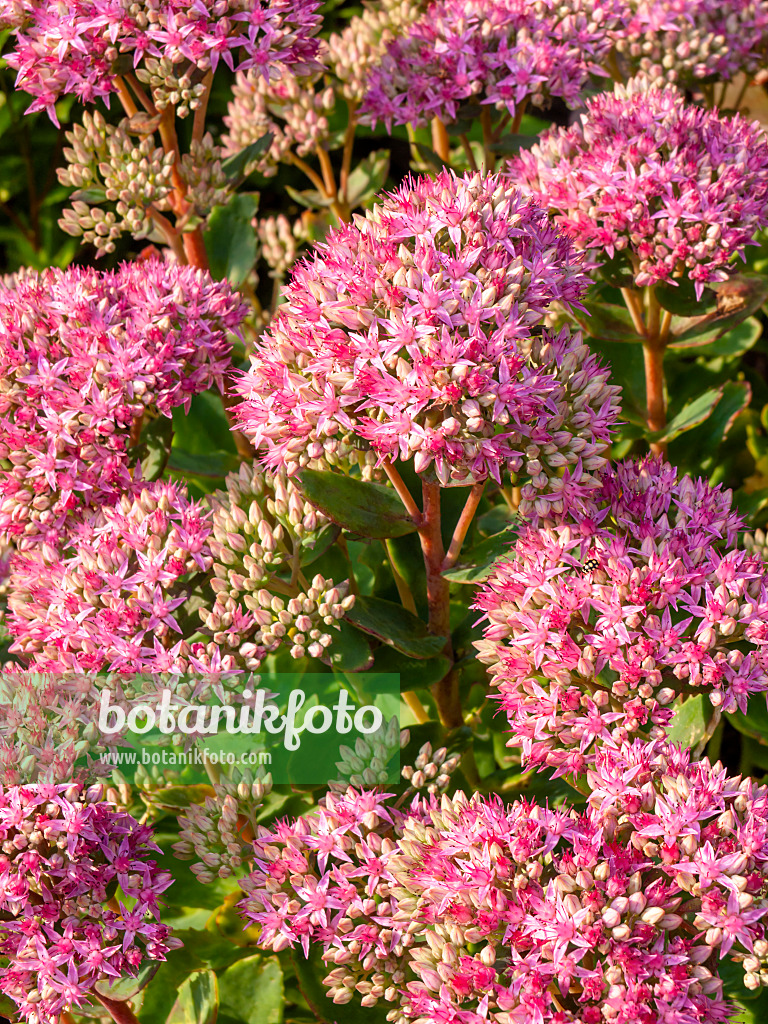
Image Showy stonecrop (Sedum spectabile 'Carl' syn. Hylotelephium spectabile 'Carl') 428235
The perennial Sedum family contains numerous easy to grow, hardy, succulent varieties from groundcovers to upright, showy stonecrops. Sedum are long lasting in dry, rock gardens and containers. There are a rainbow of foliage colors and variegations including the popular, chartreuse groundcover 'Angelina' to the deep carmine, tufted flowers.
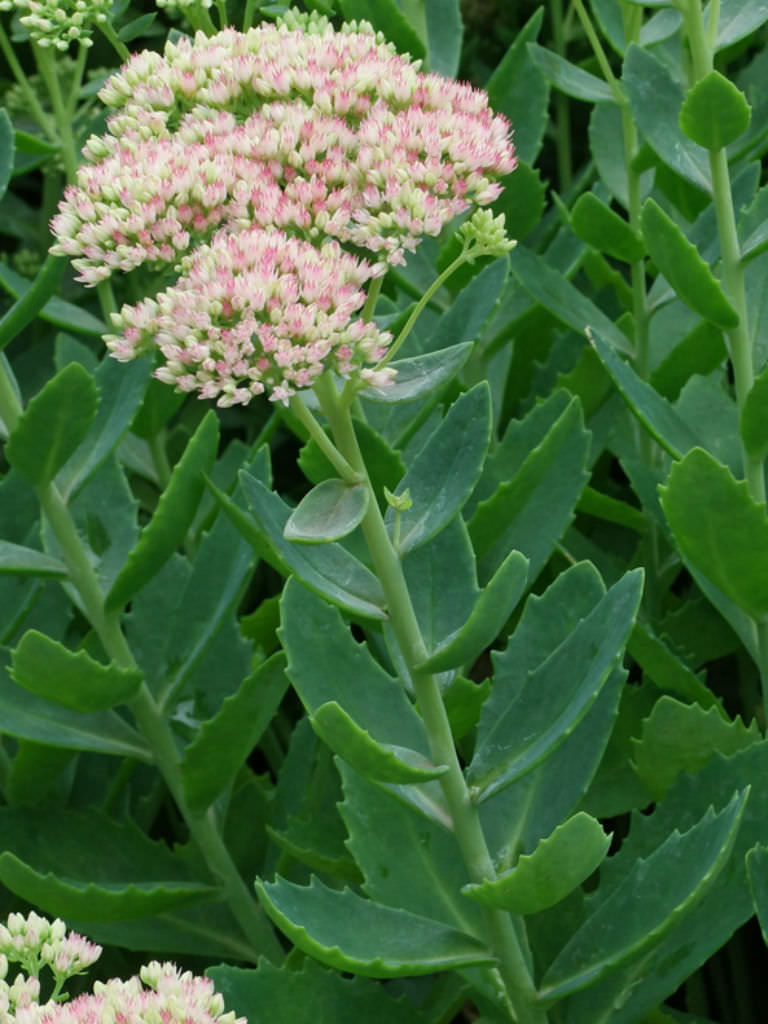
Hylotelephium spectabile (Showy Stonecrop) World of Succulents
Sedum is a large genus of flowering plants that is found on almost every continent. The plants come in a wide variety of heights, colors, and forms. Also known as stonecrop, most sedums are hardy, drought-tolerant succulents with thick, fleshy leaves that vary in shades.
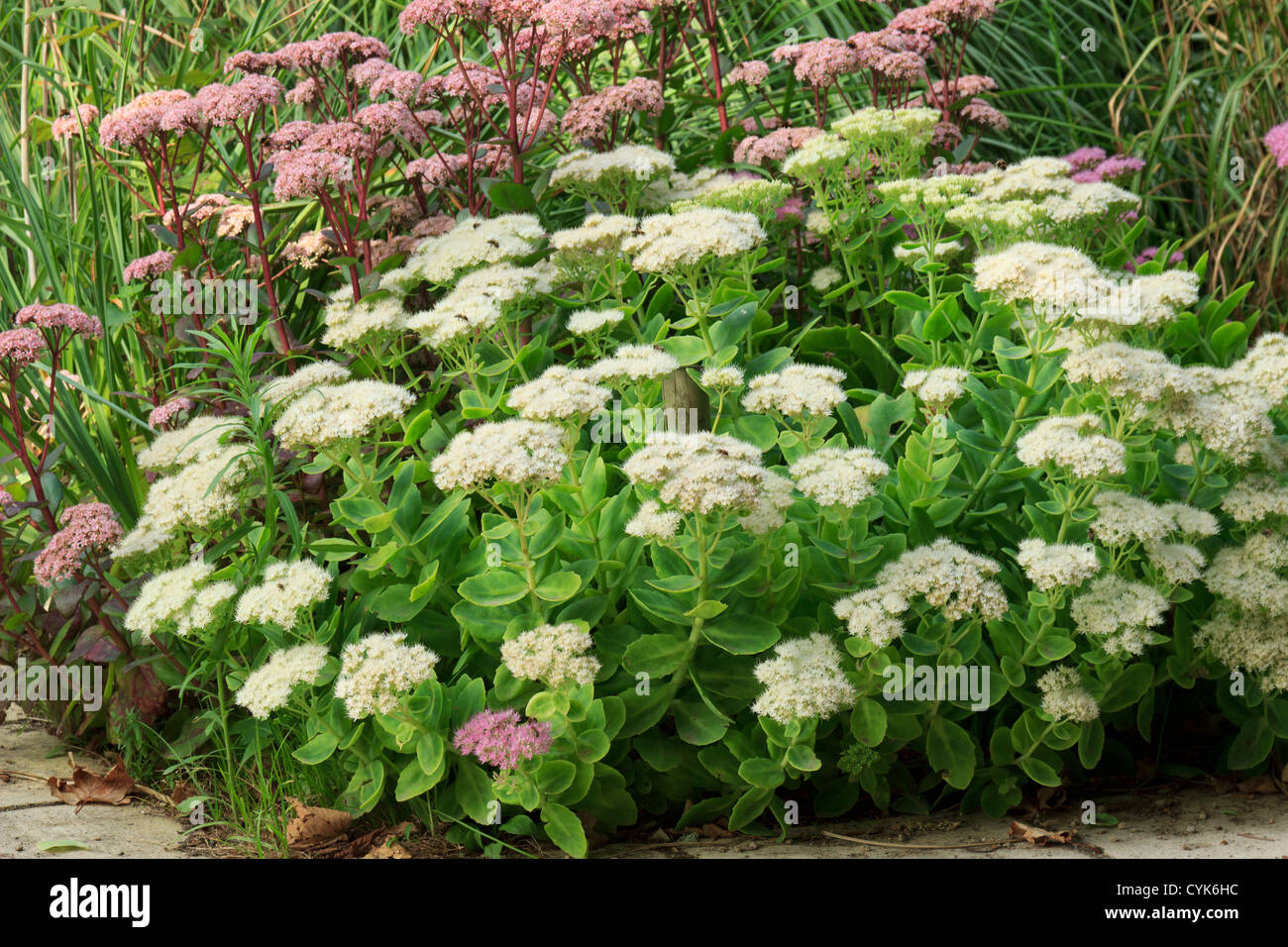
Showy stonecrop Sedum spectabile, = Hylotelephium spectabile Photo Stock Alamy
Hylotelephium spectabile, formerly known as Sedum spectabile, is a succulent plant that forms a clump of erect, unbranched stems bearing egg-shaped leaves with toothed margins. The stems are greenish-white and can grow up to 28 inches (70 cm) tall.
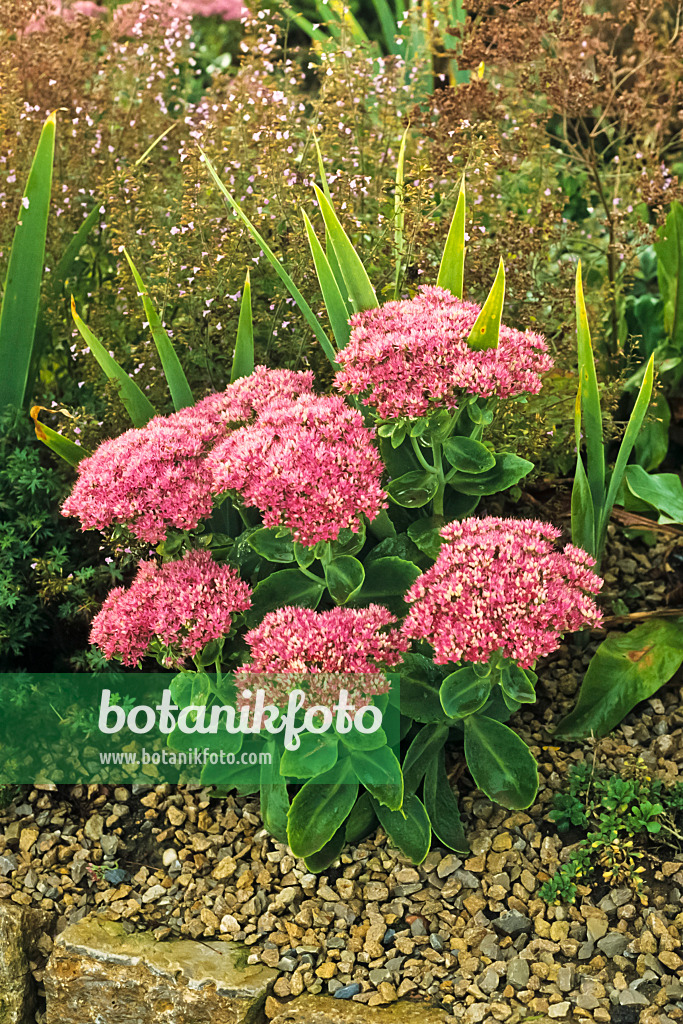
Image Showy stonecrop (Sedum spectabile 'Meteor' syn. Hylotelephium spectabile 'Meteor
Common Name: Showy Stonecrop. This upright variety sports flat clusters of deep rose-pink flowers. The foliage is a smooth grey-green and it looks great all season long. 'Brilliant' is a popular variety because it is beautiful, easy to grow, and drought tolerant.. Divide sedum every 3-4 years to maintain its compact growth habit. Older.

PlantFiles Pictures Showy Stonecrop 'Brilliant' (Sedum spectabile), 1 by ladygardener1
Sedum spectabile 'Hot Stuff' Showy Stonecrop: USDA Zone: 3-9: Plant number: 1.486.120. The border varieties of Stonecrop are dependable choices for the late summer and fall garden, with attractive leaves and flowers as well as seed heads for the winter. This compact American selection has succulent grey-green foliage that forms a bushy mound.
/121769441-56a347ab5f9b58b7d0d141d6.jpg)
How to Grow Sedum, or Showy Stonecrop
An unusual stonecrop, Sedum populifolium (Showy Stonecrop) is a small deciduous succulent shrub with cinnamon brown stems and heart-shaped, toothed, green leaves adorned with wavy edges. Blooming in late summer and early fall, clusters of small, scented, star-shaped white flowers with pink carpels are borne above the foliage. Native to Siberia, Showy Stonecrop has a strongly clumping habit.
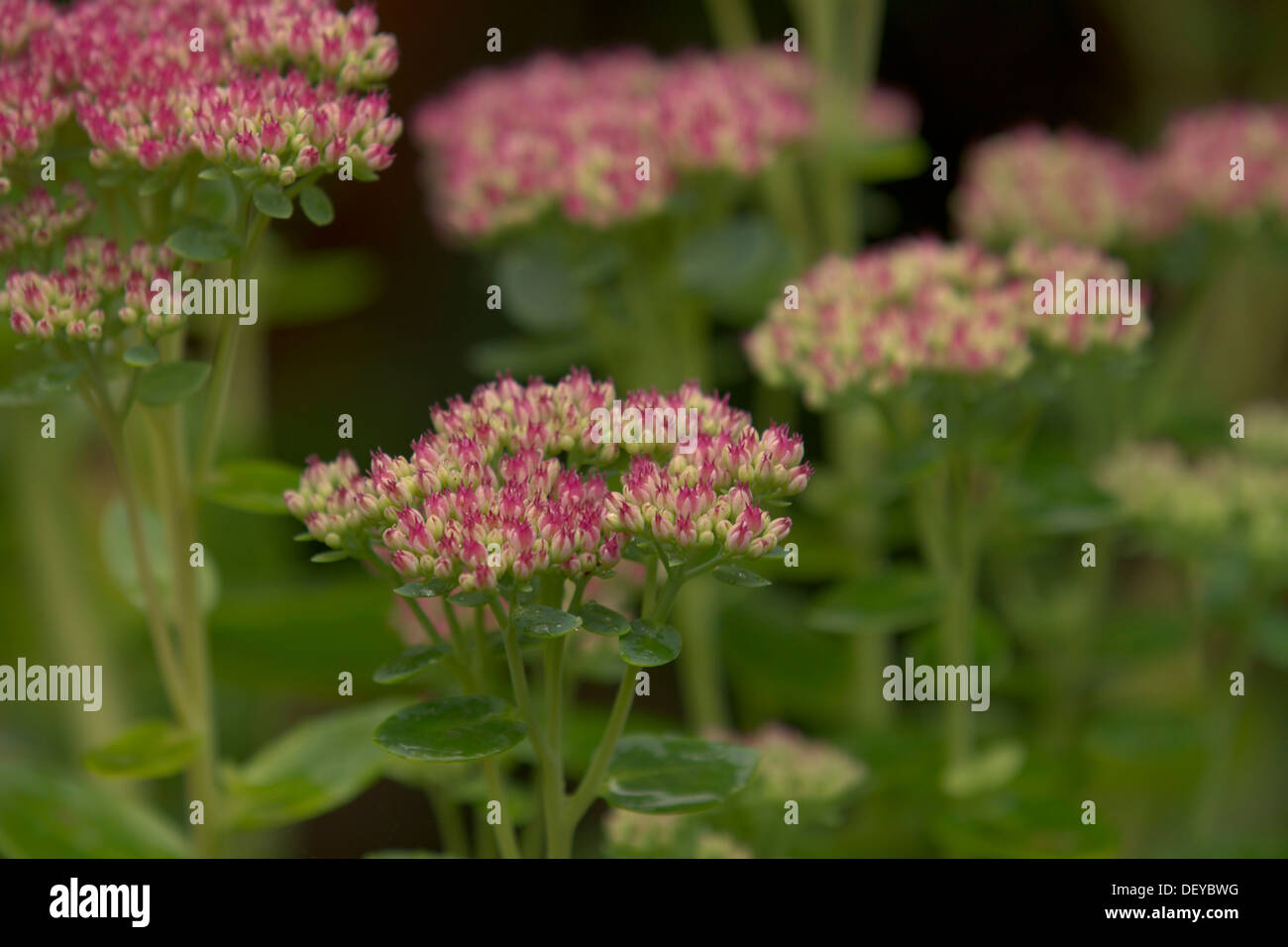
Showy Stonecrop (Sedum spectabile, Hylotelephium spectabile 'Autumn Joy'), Bergisches Land
A hardy plant that grows well in shallow soil, this is a sedum variety for almost every garden. We like to divide sedum into two main categories based on the plants' growth habits: low-growing sedum and upright sedum. Low-growing sedum spreads along the ground, reaching only a few inches (or less) in height. This makes them perfect for use.
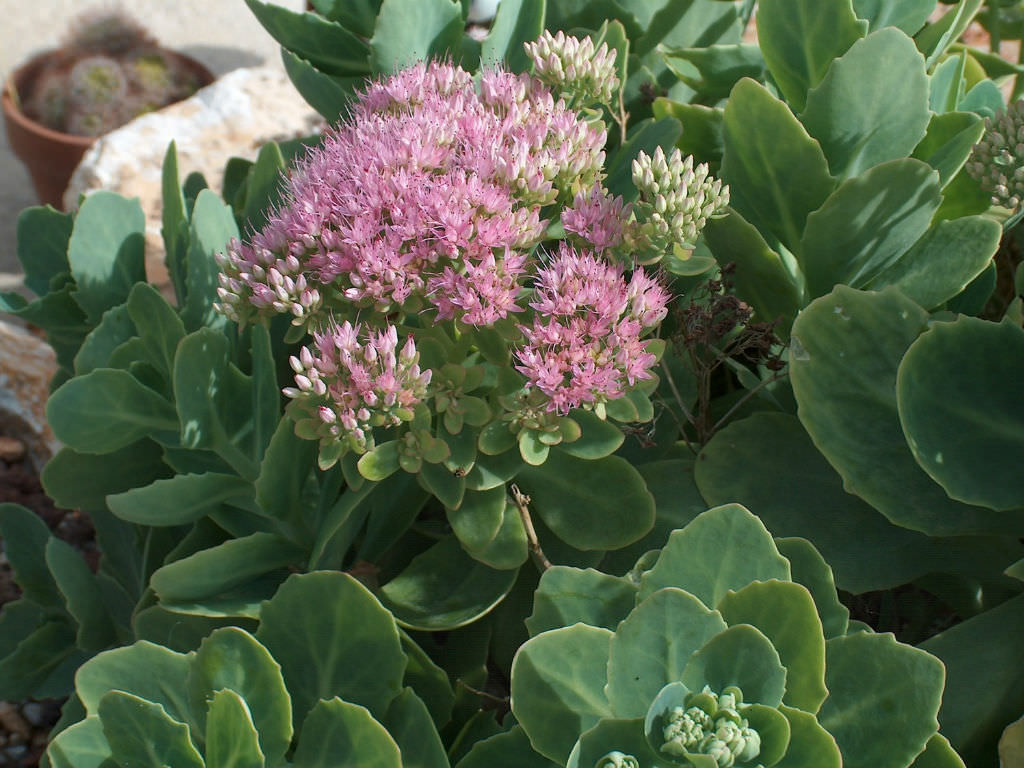
Hylotelephium spectabile (Showy Stonecrop) World of Succulents
A tall, showy Sedum with large clusters of salmon to pale pink flowers. It blooms in fall, providing a good source of late season pollen for pollinators. This variety goes dormant in winter and all aboveground foliage dies and dries. Spring bring exciting re-sprouting of buds from the soil. It makes an exceptional border plant in the garden.